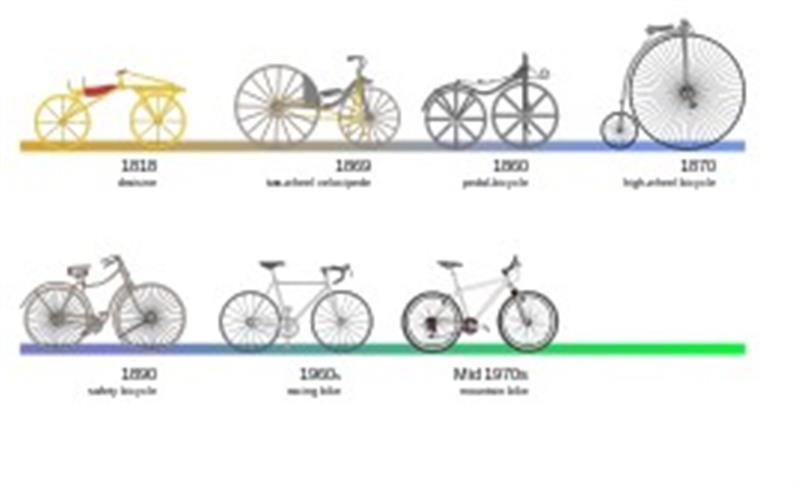Charts and Graphs
Charts and graphs may be a bit more challenging for readers in terms of interpretation. Charts and graphs are usually used to present data. They are useful because a lot of data can be presented in a small amount of space. Also, charts and graphs allow for unique organization of the data being presented.
Bar Graphs Are Useful For Presenting A Lot Of Data In A Small Amount Of Space
Let's assume we are reading a science textbook about plant growth. A chart could easily show us the rates of growth for many different types of plants in one neat box. If we were to write out the same information it would take up much more space in the textbook and it would take us longer to read.
When interpreting charts, it is important for readers to understand what data is included. For example, we mentioned a chart that could teach us about plant growth. That chart might include the type of plant and amount of growth per week. It could also include things like age of the plant, or amount of sunlight received by the plant, or even the amount of water the plant received. Knowing what is included in the chart helps readers understand the material more effectively.
Diagrams and Timelines
Diagrams are useful to demonstrate processes. For example, that science textbook we mentioned earlier might include a diagram of how a plant goes from a seed to a seedling to a full grown plant. Timelines are important in the presentation of events throughout time because they can show the passage of many years on a continuum.
kkk

This Timeline Shows How Bicycles Have Changed Over Time
Both diagrams and timelines are useful graphics in expository texts because they help to illustrate the facts and information for students. However, interpreting diagrams and timelines may take some practice. Again, it is important for readers to use captions and labels to decipher exactly what information is included in the graphic. This information helps students deepen understanding and overall learning.
For instance, the diagram mentioned above might have a caption like Growth Patterns of Daisies. This would tell readers that the diagram represents how daisies go from seed to plant. A timeline might present the largest battles of the Civil War. Again, it is important for students to understand that this is not necessarily a representation of all battles, but just those that were large in terms of the number of soldiers involved.
No matter what type of graphic is used, the purpose is to increase learning. Therefore, students should focus on graphics as essential elements for understanding expository texts.